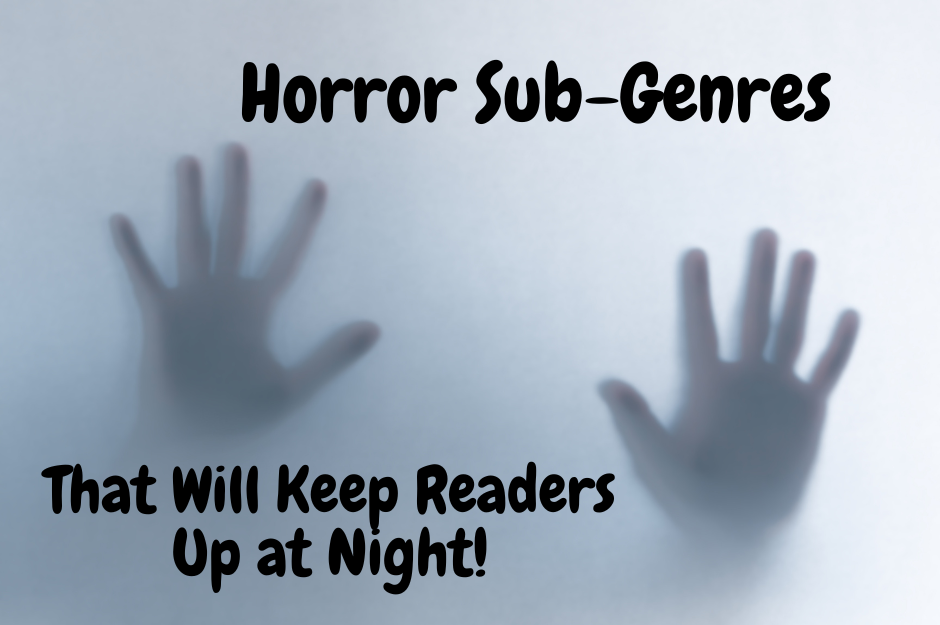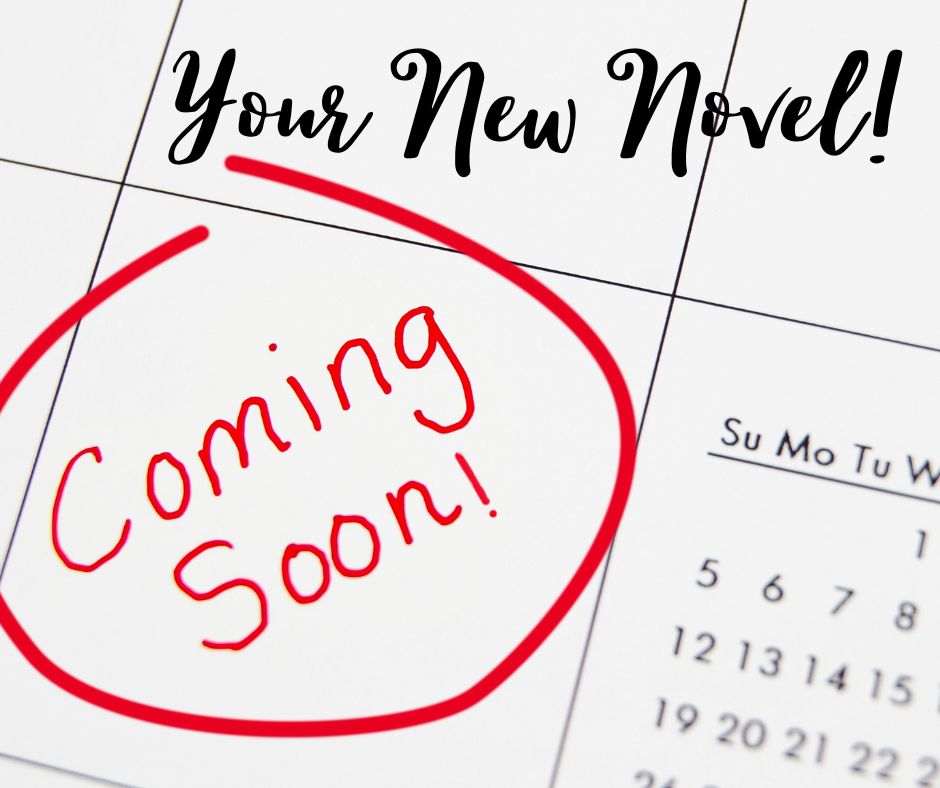|
Listen to or download this article:
|

Understanding What Makes Good Character Development
Character Development is a tricky matter. In this article we’ll go through the basics of setting up what your character does and how you describe them, coupled with the idea of beats in dialogue.

Artists all over use character models!
Consider the following excerpt from a recent work in progress from a friend of Chanticleer:
In the guest room we have spider plants that have often refused to die in the past. They grow everywhere and propagate like mad, their white and green spear-like leaves overflowing any pot we put them into. We keep them trimmed back carefully, letting them give us plenty of fresh oxygen while at the same time making sure our space isn’t entirely overrun.
This description comes in the middle of getting something for another character, and there are 4 paragraphs of plant and room descriptions. Four! That’s too much narrative description that adds little to the story and does nothing to build tension. Now look at the revision of all those paragraphs:
I head out to the kitchen. I don’t see Mom, but this is the week we’re supposed to water the plants, so I fill up our yellow watering pail with a comically long spout that aids in watering closer to the base on the plants. The red and green leafed crotons in the kitchen next to the sink are first, then the fishtail palm in the bathroom that always wants more water despite the wetness of its location, the spider plants in the office, my kalanchoe was watered last week, and then I finish with the lemon tree. The lemon trees petals are almost all gone, which means we’ll have meyer lemons soon, but any sweet smell it had recently is gone.

Now, in addition to understanding that the character is looking for their mother. The plants appear in a flash, coupled with the action of being watered, and we end on the lemon tree, which promises something good, but right now seems rather lackluster, which mirrors the mood of the overall scene. This quick summary helps the story move from prolonged description that will make the reader’s eyes glaze over, and instead moves us from one point to the next.
Interested more in secondary characters? Learn more about them from the one and only Jessica Morrell here. For more that focuses on general background characters, try this article from Skip Ferderber here.
So when do we put in a little summary for the character?
Renni Browne and Dave King say the following in their book Self-Editing for Fiction Writers:
If your characters actually act the way your summaries say they will, the summaries aren’t needed. If they don’t, the summaries are misleading. Either way, your fiction is likely to be more much effective without the character summary
In terms of time progression in a story summary is a way of storytelling where a little is described to cover a large period of time. It helps to have it balanced with scenes where action and time are equivalent, or moments of interiority where a lot happens in almost always a slow point in the narrative. However you choose to do it, make sure there’s a good balance in terms of time in your work, and that scene is often the driving force.

Looking for tips to streamline your dialogue? Make it more potent with tips from Jessica Morrell here.
Unobtrusive ways to develop Character
- Learn their history so that when you write them it will come out intuitively
- Show how other characters react to them directly.
- Show how the world interacts with them as they move through it.
That’s well and good, but how do you measure your character development? Well, we’re glad you asked:
- How much time do you spend describing characters?
- Are you telling us characteristics that will show up later in dialogue and action?
- How much of the character’s history have you explored with the reader? Does the reader need all of that information, or does the story read well without it? If so, when do they need to know it
Dialogue Mechanics
A famous author once called dialogue the purest form of scene.

Obviously there are moments where this is wrong, such as when the dialogue is done as a form of telling.
“Hi Joe, I haven’t seen you since the divorce with June after you came back from the war!”

You may remember plays where it starts out with someone answering the phone and setting up the plot by responding to the person on the other end.
However, the idea of telling that sneaks its way most prominently into dialogue mechanics is the dialogue tag, often accompanied by an adverb. Consider Newgate Callander of The New York Times Book Review take on the wildly successful Bourne Ultimatum series:
Mr. Ludlum has other peculiarities. For example, he hates the “he said” locution and avoids it as much as possible. Characters in “The Bourne Ultimatum” seldom “say” anything. Instead, they cry, interject, interrupt, muse, state, counter, conclude, mumble, whisper (Mr. Ludlum is great on whispers), intone, roar, exclaim, fume, explode, mutter. There is one especially unforgettable tautology “‘I repeat,’ repeated Alex.’
The book may sell in the millions, but it’s still junk.
Let’s take it further and look at even more examples of redundant or overemphasized dialogue tags:
- “I’ll kill your whole family,” he hissed maliciously.
- “You can’t be serious,” she said in astonishment.
- “Give it to me,” she demanded
- “Here it is,” he offered.
- “Is it loaded?” she inquired?
These all share one thing—they fear the use of “said.” Sure, sometimes a word other than “said” will help break things up for variety’s sake, but “said” is almost always proper and good to use.
“Said” is essentially a punctuation mark for readers. It serves the purpose of helping them track who said what in a dialogue.
See what Peter Greene says about realistic dialogue in his interview here.
Adverbs: Friend or Foe

To be or not to be
Adverbs are the enemy much of the time in dialogue. There is almost always a better word to use. Putting in a prop like the dreaded -ly will make your dialogue seem weak, even if it isn’t.
The only real exception to the rule is with the dialogue tag “said” because it’s so ubiquitous that it can allow for some extra description on occasion. Remember, the dialogue will often do the work of setting the tone for you.
Gabriel García Márquez would eliminate all adverbs from his writing, choosing instead to use the word in another form.
For example, instead of “he said softly” I would write “he said, his voice soft”
A few general tips:
- Pronoun substitutions are fine
- Renaming the character can be wonky. Dave, Mr. Winchester, The Sheriff, the officer, the lawman, CHOOSE!
- New speaker/new action means a new paragraph!
- Ending with a dialogue tag uses a comma. Ending with an action uses a period. Ex: “Hey there,” he said. vs “Hey there.” He scratched his chin.
- This indicates interruption: “Now wait just—”
- This indicates trailing off: “Now wait just a second…”
Again, consider how you measure these things.
- Check your dialogue for explanations. Consider bringing a highlighter for this job.
- Cut the explanations and reread your dialogue. If it reads worse, you may need to rewrite your dialogue.
- Mark every adverb related to dialogue. How many of them are based on adjectives describing emotion? Which ones can you cut?
Beats in Character Development
Let’s pause here to talk a little bit about beats and figure out how to us them to balance out dialogue. Again, using an example from Self-Editing:
“But didn’t you promise…” Jessie said.
“I did nothing of the sort,’ Tyrone said.
“Now, look, you two—” Dudley said.
You stay out of this,” Tryon said.
VS.
“But didn’t you promise…” Jessie said.
“I did nothing of the sort,’ Tyrone said.
Dudley stepped between them and held up his hands. “Now, look, you two—”
Tyrone spun on him. “You stay out of this.”
Just like the saids, there can be too many beats, so be careful how you balance it.
Think about white space in a sketch for a painting. All the lines that make up the body of the work are the dialogue of your piece–it gives the plot, characters, and conflict a structure to work within. The beats are the color the fill it in, showing the reader a complete picture of what’s taking place. As you write, ask yourself if you’re better at overwriting and then trimming back or underwriting and fleshing out. Play to your strengths for your first draft, and then come back ready to adjust for any areas you know you’ll be weak.

The beats tie your dialogue together. Map them by marking the descriptions you have interspersed within your dialogue.
Make your beats sing by seeing what Margie Lawson has to say about rhythm and cadence here.
Chanticleer Editorial Services – when you are ready
Did you know that Chanticleer offers editorial services? We do and have been doing so since 2011.

Tools of the Editing Trade
Our professional editors are top-notch and are experts in the Chicago Manual of Style. They have and are working for the top publishing houses (TOR, McMillian, Thomas Mercer, Penguin Random House, Simon Schuster, etc.).
If you would like more information, we invite you to email Kiffer or Sharon at KBrown@ChantiReviews.com or SAnderson@ChantiReviews.com for more information, testimonials, and fees.
We work with a small number of exclusive clients who want to collaborate with our team of top-editors on an on-going basis. Contact us today!
Chanticleer Editorial Services also offers writing craft sessions and masterclasses. Sign up to find out where, when, and how sessions being held.
A great way to get started is with our manuscript evaluation service. Here are some handy links about this tried and true service: https://www.chantireviews.com/manuscript-reviews/
And we do editorial consultations. for $75. https://www.chantireviews.com/services/Editorial-Services-p85337185

Writer’s Toolbox
Thank you for reading this Chanticleer Writer’s Toolbox article.
Writers Toolbox Helpful Links:
Putting More Character into Your Characters – by Skip Ferderber
TIPS for POTENT DIALOGUE by Jessica Morrell
Rhythm and Cadence and Beats, Oh Yes! by Margie Lawson
The traditional publishing tool that indie authors can use to propel their writing careers to new levels? https://www.chantireviews.com/2016/05/15/the-seven-must-haves-for-authors-unlocking-the-secrets-of-successful-publishing-series-by-kiffer-brown/










Leave A Comment